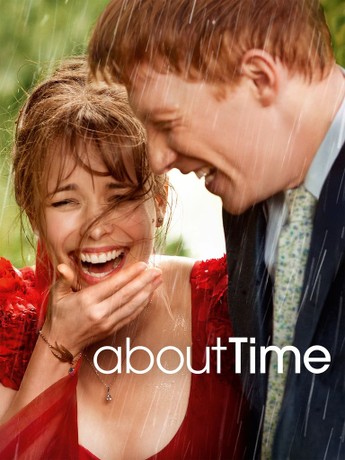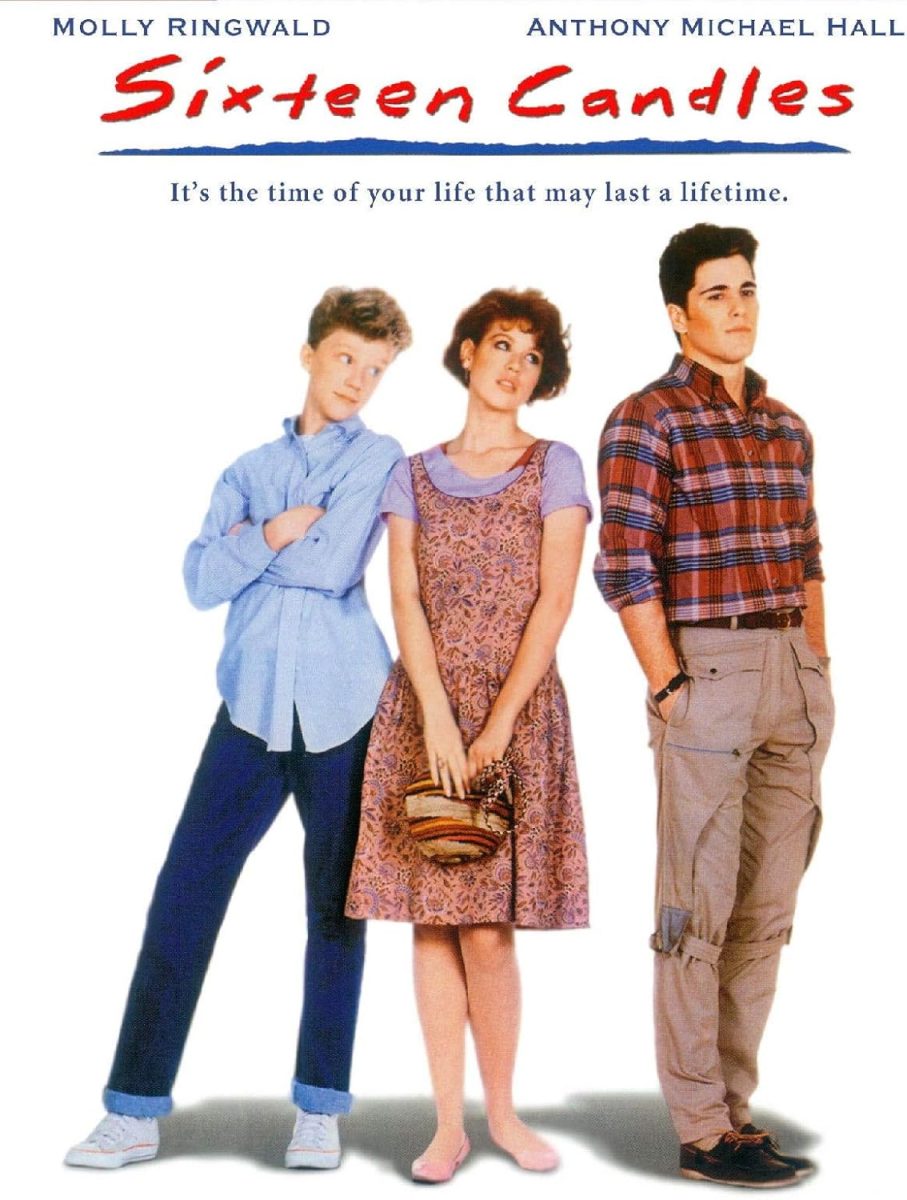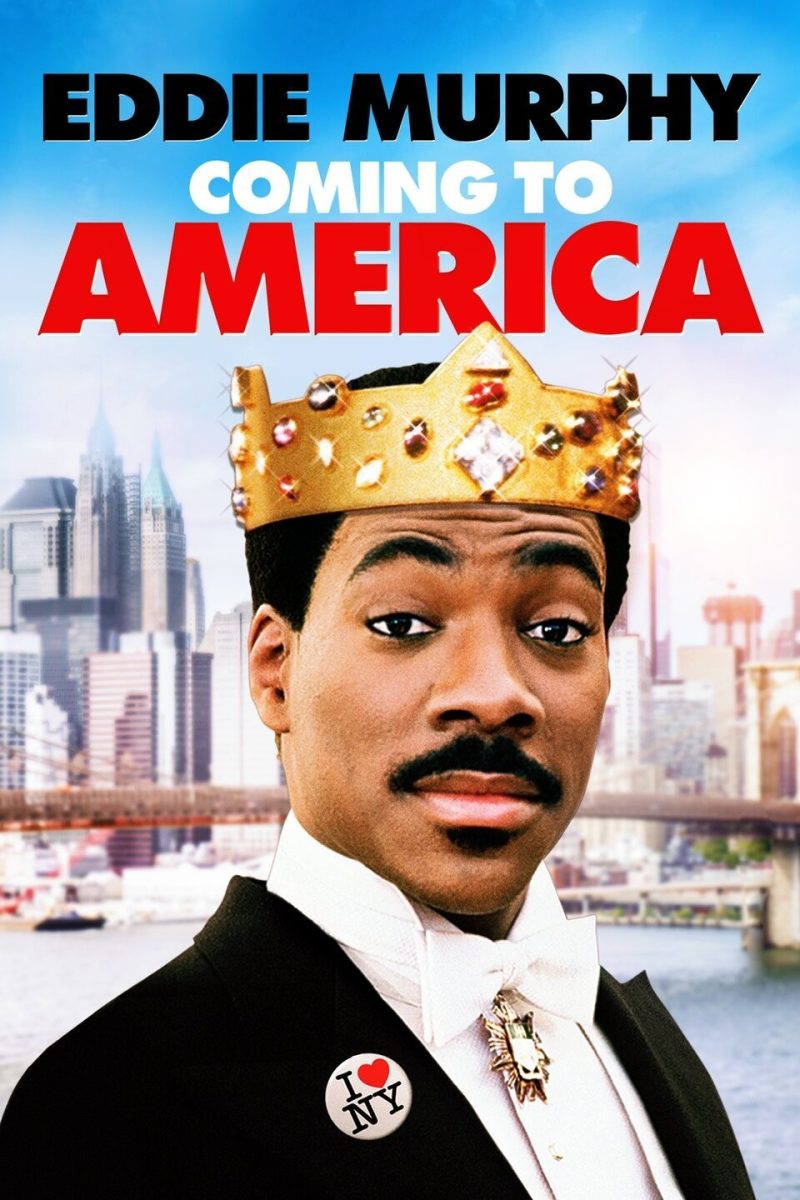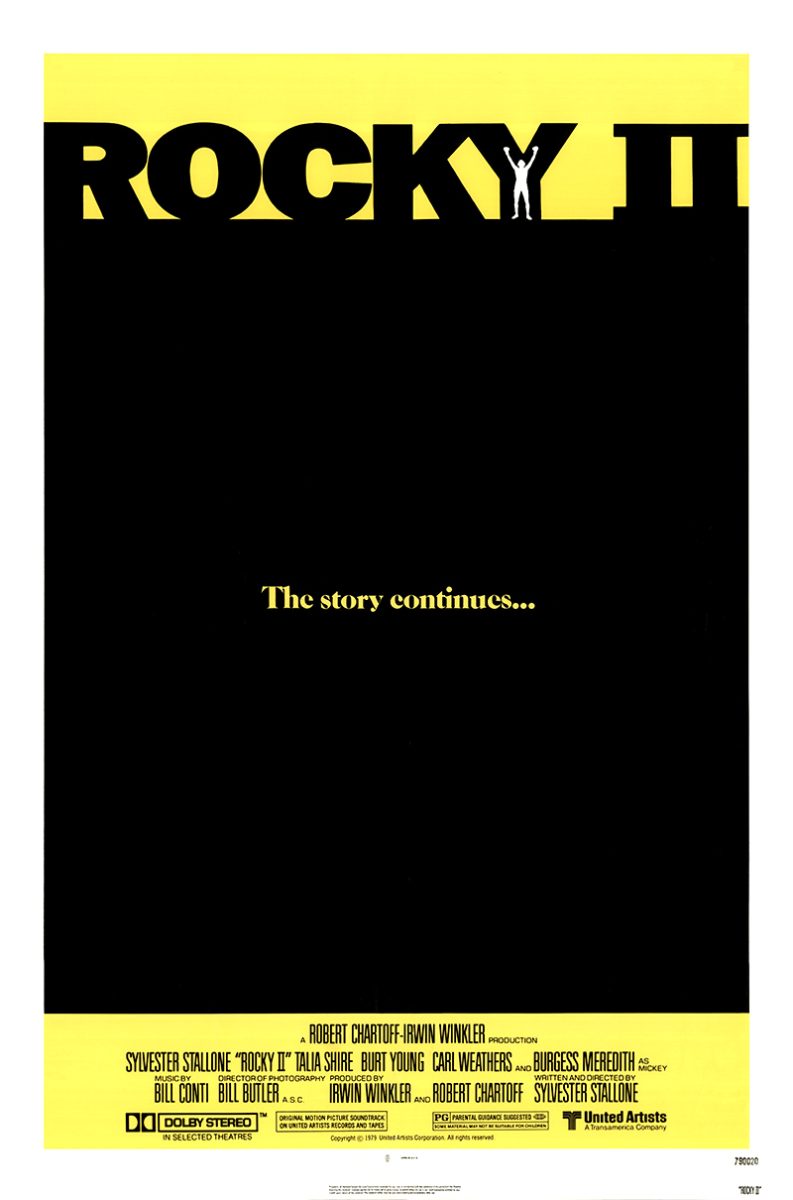Cinema is examined as one of the many fine arts that people consistently draw inspiration from. Since 2020, various issues have impacted the state of movie-going. Issues such as production delays, theater etiquette, and streaming releases are a part of the ongoing issue.
2022 box office results
The movie theater industry suffered a major setback due to the COVID-19 pandemic. Movie-goers had the privilege of enjoying recent blockbusters on their nice, flat-screen 4K TVs.
Pandemic-released films such as Spider-Man: No Way Home were the first in two years to make over one billion dollars at the worldwide box office. In fact, the film made close to two billion dollars.
Production issues were a major concern for theaters this summer. CNBC reported, “Despite nearly 50% fewer film releases during the summer, the domestic box still tallied $3.34 billion in ticket sales, down nearly 21% from 2019 levels.”
2022’s lack of blockbusters is apparent because each season only has one big blockbuster. In 2019 dozens of films were released during Q4. Films like Joker, Jumanji 2, Frozen II, and Ford v Ferrari all made an impact on the silver screen.
Summer movie season typically runs from May to early September. What started off strong with Doctor Strange 2 and Top Gun: Maverick quickly dwindled, as the box office generated less than 100 million dollars during the last five weeks of summer movie season.
Another issue killing movie-going was the number of films being shown on screen. Deadline wrote, “The easy blame is the lack of wide-release inventory — which, at 102 estimated titles this year, is down from 2019’s pre-pandemic 143 titles for pics booked during their first weekend in 1,000-plus locations.”
Movie studio issues
Another potential issue could simply be the aftermath of the COVID-19 pandemic. The pandemic caused major production setbacks that significantly delayed films from release. Various VFX companies have come forward that major studios are forcing outrageous deadlines.
Deadline also mentioned, “…Universal’s sci-fi thriller Nope…was rushed toward its July 22 release date, receiving its first test screening only 12 weeks before release…VFX required more work, with reshoots being completed down and dirty just prior to release.”
Nope made around $118 million domestically. But, how successful could it have been if the movie was delayed? If studios decided to prolong their movies during production or post-production, would people be more interested in going?
In fact, movie studios like Warner Bros. are facing major reconstruction and lay-offs due to mergers. Films that were once slated to release will never see the light of day due to tax write-offs. Warner Bros. recently shelved Batgirl after spending 90 million dollars to produce the film.
Despite most of these issues plaguing the movie industry and movie-going, analysts predict the domestic box office will deliver around 7.5 billion dollars in ticket sales. This is a great move in the right direction as 2020 made 2.3 billion dollars and 2021 made close to 5 billion dollars.
Talking while movie-going
Society considers cinema to be a popular form of artistic expression. Guests anxiously reserve tickets in advance for the next biggest blockbuster whilst hoping to avoid spoilers on social media. It’s ideal that an audience is generally quiet when movie-going at the multiplex. People anticipate for months waiting until the next blockbuster’s release, only to hear people chirping away when the movie finally starts.
According to a poll by The Declaration Newspaper, 41.9% of people said it’s not that big of a deal if people talk during the film. When asked how likely they were to text during a movie, most people agreed they don’t.
Surprisingly, talking during the movie makes people feel more human. Some of the best theatrical experiences are made through people’s reactions. Marvel intentionally carries hype through its on-screen reveals, intense stories, or characters.
That’s why there are so many people raving and screaming when something eventful happens. That’s what made Spider-Man: No Way Home so special. It could’ve been the worst movie ever made. But, fans made it what it was through its use of nostalgia. People were just excited to see their favorite villains and Spider-Man return for the first time in years.
Medium reported, “I rave about creative color grading, exciting editing, or witty dialogue. But I also intrinsically associate film with some of my best movie experiences. When I saw The Fighter…in theatres the guy next to me literally felt the movie so hard he couldn’t help but take some jabs at the screen.”
The Chicago Tribune advice column from 2017 suggests that if you are with a chatty friend or significant other at the movie that you should whisper, “Let’s talk about this at intermission or after the movie?” If you know the person you are with will likely talk during the movie, you could also tell the person before the movie starts that this behavior or texting during the movie bothers you.
Phone distractions at the multiplex
In 2014, Today reported that 28,000 people responded on a poll regarding movie etiquette. 97% of the voters said that cell phone use should be banned in theaters. Although more than 30 percent of the voters admit they use their phones from time to time at the multiplex.
Theaters like the Alamo Drafthouse have no tolerance for people who whip out their phone in the middle of the movie. In fact, guests who do so will be asked to leave. Cell phone use has caused division in the movie theater industry. AMC’s CEO believes that phone usage is truly out of anyone’s control.
AMC Theatres CEO Adam Aron said, “When you tell a 22-year-old to turn off the phone, don’t ruin the movie, they hear please cut off your left arm above the elbow…” Aron’s point of view comes from the point that Millennials love their smart devices. They may feel the need to capture the moment using a device like their phone.
There have been various ideas thrown around about how to combat cell phone usage. Some have suggested having a section in the theater where people can text, or make certain showings cell phone-friendly. Despite these ideas, no real plan has been made to combat this movie-going threat.
Issues with eating at the movies
It’s important to follow a set of social norms while movie-going. As an employee at an AMC DINE-IN Menlo Park 12 theater, the biggest issue I notice is guests sitting in the wrong seat. This is a prevalent issue as guests receive food by seat.
It’s brutally unfair to chefs who go out of their way to make the food and the crew who have to deliver it. According to US Chamber, “Some 98% of U.S. employees experience rude behavior at work in any given year.” The article goes on to say that about 2/3 of workers feel disrespect is a leading cause of poor performance.
For a long time, people have been sneaking food into theaters, so they don’t have to pay inflated prices at the concession stand. Stuart Heritage of The Guardian reported in 2022 that it is perfectly alright to bring outside food into a movie theater unless it is an eat-in theater. However, one should put thought into how what they are bringing might affect the audience. No one wants to hear the rustling of wrappers during an intense action scene, nor do they want to smell your Big Mac.
Streaming
When COVID-19 hit America and theaters closed, the nation went directly to its streaming services. According to recent surveys, 78% of consumers were using a paid streaming service to watch movies or television. The number is only increasing.
Since people were used to the feeling of watching a movie on a cozy couch at home, movie-going declined. Some of 2020’s more popular films were released digitally on streaming, but that’s come with a cost. Audiences feel they should wait less for a movie’s arrival on PVOD or streaming.
Audiences would then wait at least six months to a year to watch their favorite blockbuster on their giant flat-screen TV. During the summer of 2021, Disney released Free Guy and Shang-Chi before they went to streaming 45 days later. In fact, Paramount started this release strategy with A Quiet Place Part II.
Stephen Carew, teacher of Literature and Film at Colonia High stated, “Creators are making movies for the sole purpose of the theatrical experience. The desired format for filmmakers is definitely theaters.” He went on to mention that specific movies like action movies would benefit from a theatrical experience.
Chris LaMount, a professor from Arizona State University believes streaming opens the door for possible ways creators can display their films. It’s inevitable that their SVOD is here to stay. Even movies like Godzilla vs. Kong that were released on HBO the same day they came out in theaters made close to 50 million dollars its opening weekend.












